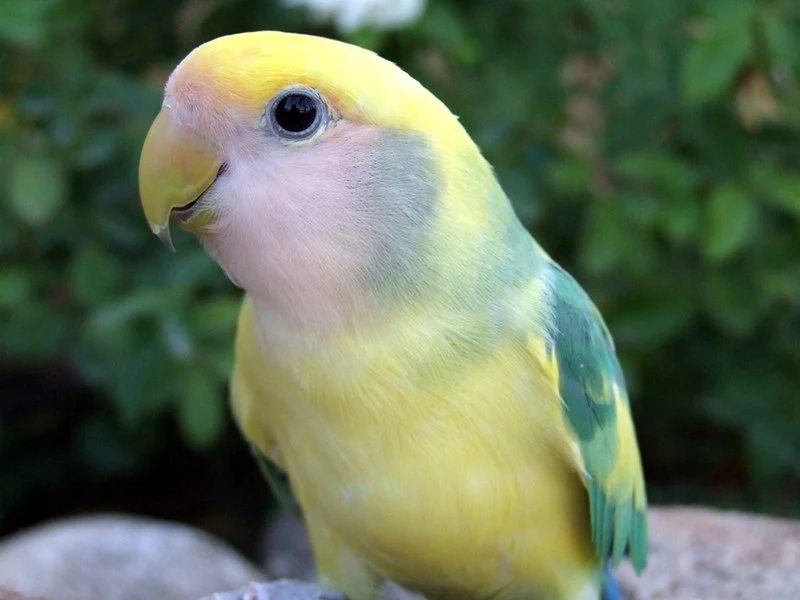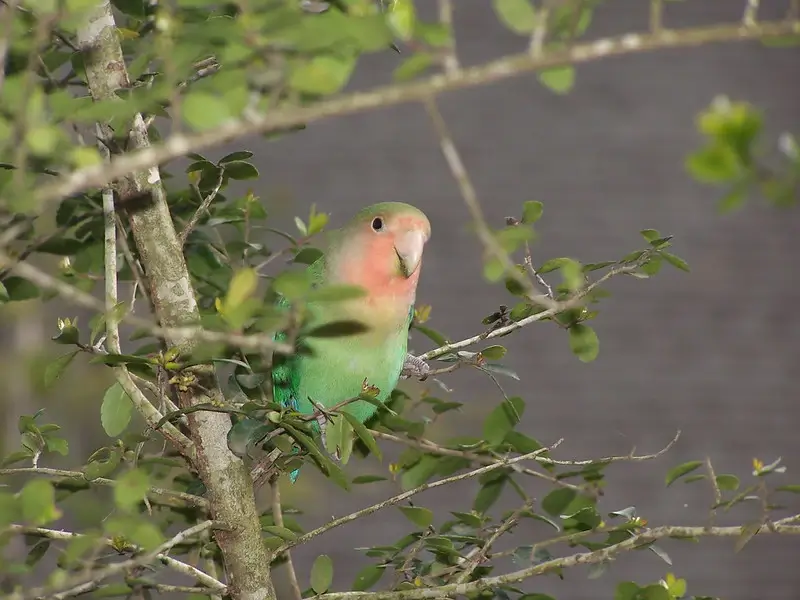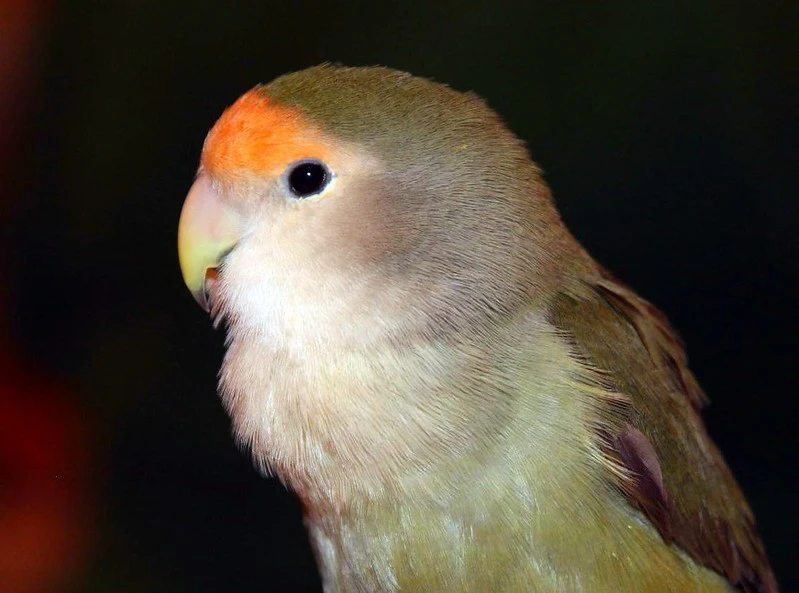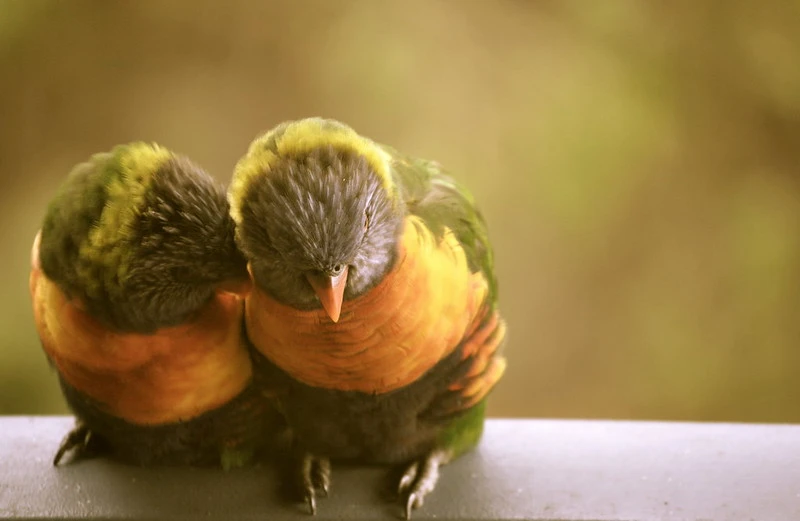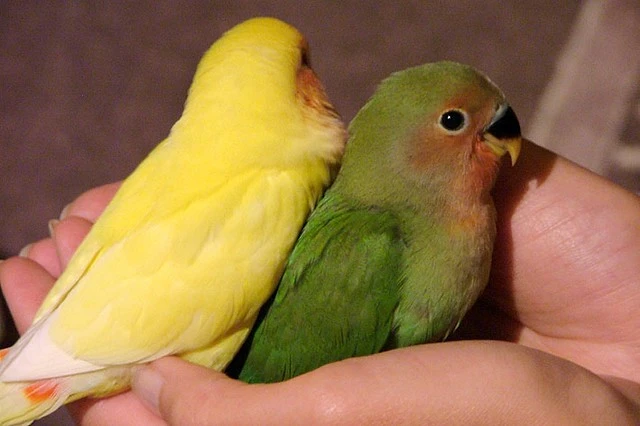Explore the enchanting world of the roseate spoonbill – from its vibrant pink plumage to unique feeding habits. Discover habitat, conservation, and more.
Introduction
Welcome to the enthralling world of the roseate spoonbill, a creature that captivates with its unique charm and distinctive features.
Unveiling the Roseate Spoonbill
The roseate spoonbill, scientifically known as Platalea ajaja, stands as a testament to avian diversity. Native to both South and North America, this gregarious wading bird belongs to the ibis and spoonbill family, Threskiornithidae. As we embark on this exploration, let’s introduce the species and provide a glimpse into its captivating characteristics.
Introduction to the Roseate Spoonbill Species
The roseate spoonbill boasts a flamboyant appearance, resembling a creation from a Dr. Seuss book. With its pale pink feathers, brighter pink shoulders and rump, and a partially feathered, yellowish-green head, this bird is a visual spectacle. The pink coloration is derived from the carotenoid pigment canthaxanthin, similar to the American flamingo, making it a remarkable subject for observation.
Significance of the Pink Plumage
Beyond its aesthetic allure, the pink plumage holds a deeper significance. Exploring the diet-derived pink coloration opens a window into the bird’s adaptation mechanisms and ecological role. This chapter delves into the symbolism attached to the roseate spoonbill’s distinctive color and its impact on the avian world.
Exploring Diet-Derived Pink Coloration
Unraveling the mystery behind the pink hue involves understanding the bird’s dietary choices. We’ll examine how the carotenoid-rich diet contributes to vibrant pigmentation and delve into the implications of this dietary dependence.
Symbolism and Adaptation in the Avian World
The roseate spoonbill’s pink plumage isn’t just a visual spectacle; it’s a statement of adaptation and resilience. We’ll explore the bird’s evolutionary journey, the role of its coloration in survival, and the broader ecological implications. As we navigate through the chapters that follow, this introduction sets the stage for a comprehensive exploration of the roseate spoonbill’s world.
Intrigued by the pink elegance of the roseate spoonbill? Join us on a journey through its habitat, behaviors, and the vital role it plays in the delicate tapestry of nature.

The World of Roseate Spoonbills
Embark on a journey into the captivating realm of roseate spoonbills, where we explore the unique landscapes they inhabit and the visual delights they offer.
Habitat Exploration
Dive into the preferred environments and ecosystems that serve as the backdrop for the roseate spoonbill’s daily life. Understanding the intricacies of their habitat is key to appreciating the bird’s significance in the avian world.
Overview of Preferred Environments and Ecosystems
Roseate spoonbills exhibit a preference for coastal regions, wetlands, and marshes. Explore the dynamics of these ecosystems and the role they play in shaping the spoonbill’s behavior and survival. From estuaries to lagoons, discover the diverse range of habitats that this species calls home.
Geographic Distribution Across the Americas
The roseate spoonbill’s presence extends far beyond a single locale. Delve into the geographical distribution of these birds across the Americas, from the southeastern United States to the coasts of Central and South America. Uncover the factors influencing their distribution and the significance of each region in sustaining their populations.
Visual Delight: Roseate Spoonbill Photos and Videos
Witness the aesthetic allure of the roseate spoonbill through a visual journey that showcases the bird’s grace and charm. Explore the importance of multimedia content in enhancing the birdwatching experience.
Showcasing the Bird’s Aesthetic Appeal Through Multimedia
Immerse yourself in a collection of stunning photographs and videos capturing the essence of the roseate spoonbill’s beauty. From their distinctive pink plumage to graceful flight patterns, visual content provides a deeper connection with these remarkable birds.
Importance of Visual Content in Birdwatching
In the world of birdwatching, visual content plays a pivotal role. Understand how images and videos contribute to the documentation and identification of roseate spoonbills. From aiding in citizen science initiatives to fostering a greater appreciation for avian diversity, visual content is a powerful tool for enthusiasts and researchers alike.
Shopping for Conservation
Uncover the intersection of commerce and conservation as we explore how roseate spoonbill-themed products contribute to the preservation of these magnificent birds.
How Conservation Efforts Relate to Roseate Spoonbill-Themed Products
Discover the innovative ways in which products inspired by the roseate spoonbill contribute to conservation initiatives. Whether it’s through the sale of merchandise or partnerships with conservation organizations, these efforts play a crucial role in supporting the protection of the species and its habitat.
Promoting Awareness Through Eco-Friendly Merchandise
Explore the concept of eco-friendly merchandise and its impact on raising awareness about the conservation challenges faced by roseate spoonbills. From apparel to accessories, see how conscious consumer choices can translate into tangible benefits for the birds and their ecosystems.
In the chapters that follow, we’ll delve into the intricacies of the roseate spoonbill’s dining habits, its unique soundscape, and the broader understanding of its conservation status. Join us as we continue to unravel the wonders of this remarkable avian species.

Dining Habits and Diet
Embark on a culinary exploration of the roseate spoonbill’s dining habits, unraveling the intricacies of their feeding behavior and the nutritional facts that sustain these magnificent birds.
Feeding Behavior
Delve into the fascinating world of roseate spoonbill feeding, where precision and adaptability converge in their foraging techniques.
Detailed Analysis of How Roseate Spoonbills Feed
Witness the spoonbill’s distinctive feeding behavior as they sweep their iconic spoon-shaped bills through shallow waters. Explore the nuances of their hunting strategy, from rhythmic side-to-side motions to swift strikes. Gain insights into the symbiotic relationships formed with other bird species during communal feeding, highlighting the interconnectedness of wetland ecosystems.
Interactions with Other Bird Species During Feeding
Uncover the social dynamics of roseate spoonbill feeding grounds, where communal feasts attract an array of avian visitors. From ibises to herons, observe the collaborative interactions and occasional competition as diverse bird species converge to capitalize on the rich aquatic buffet. This intricate web of interactions contributes to the biodiversity of the wetlands.
Nutritional Facts
Peel back the layers of the roseate spoonbill’s diet, revealing the essential nutritional components that fuel their vibrant existence.
Insight into the Nutritional Requirements and Diet Composition
Explore the dietary preferences that sustain these pink-hued waders, from aquatic invertebrates to small fish. Understand the role of carotenoid pigments derived from their diet, contributing to the striking pink coloration. Delve into comparisons with other wading birds, elucidating the unique dietary adaptations that set the roseate spoonbill apart in the avian buffet.
Comparisons with Other Wading Birds
Navigate the diverse diets of wading birds, drawing comparisons between the roseate spoonbill and its feathered counterparts. From herons to egrets, understand the ecological niches each species occupies and the variations in their foraging strategies. Gain a deeper appreciation for the role these birds play in maintaining the delicate balance of wetland ecosystems.
In the upcoming chapters, we’ll immerse ourselves in the symphony of sounds produced by the roseate spoonbill and explore its physical characteristics beyond the famed pink plumage. Join us on this ornithological odyssey as we continue to uncover the wonders of Platalea ajaja.
The Symphony of Sounds
Immerse yourself in the enchanting world of the roseate spoonbill’s auditory realm, where unique sounds play a vital role in communication and the intricate dance of mating rituals.
Unveiling Roseate Spoonbill Sounds
Embark on an auditory adventure as we decode the distinctive sounds that define the roseate spoonbill’s presence in the wetlands.
Description of Unique Sounds Produced by the Bird
Discover the melodic tones, trumpeting calls, and rhythmic squawks that echo across marshy landscapes. Unravel the mystery behind each sound, from communication among flock members to expressing territorial boundaries. These symphonic expressions contribute to the rich tapestry of avian life in the wetlands, creating an orchestra of nature that captivates bird enthusiasts.
Significance in Communication and Mating Rituals
Delve into the communication dynamics among roseate spoonbills, deciphering the nuanced meanings behind their vocalizations. Explore how these sounds play a pivotal role in courtship displays and mating rituals, where the spoonbill’s unique auditory language becomes a key element in the dance of love. Understanding these vocal cues provides a deeper insight into the social structure and breeding behavior of these fascinating birds.
Pronunciation Guide
Navigate the linguistic landscape with a guide to pronouncing the scientific name of the roseate spoonbill, “Platalea ajaja.”
Assisting Readers in Correctly Pronouncing “Platalea ajaja”
Demystify the scientific nomenclature, breaking down each syllable to ensure accurate pronunciation. Appreciate the importance of precise terminology in birdwatching, fostering a deeper connection between enthusiasts and the avian world. Whether you’re a seasoned birder or a novice nature enthusiast, mastering the pronunciation adds a layer of authenticity to your observations and conversations about these captivating birds.
Importance of Accurate Terminology in Birdwatching
Highlighting the significance of accurate terminology, we explore how using the correct names enhances the birdwatching experience. From field guides to conversations with fellow birders, adopting the right vocabulary contributes to a shared understanding of the avian ecosystem. Gain confidence in articulating your observations and sharing your passion for the roseate spoonbill with others.
As we move forward, the upcoming chapter will delve into the physical characteristics that extend beyond the famed pink plumage of the roseate spoonbill. Join us in unraveling the intricate details that make these birds a visual and auditory spectacle in the wetlands.
Understanding the Roseate Spoonbill
Embark on a journey to unravel the intricate details that extend beyond the renowned pink plumage, gaining insight into the physical attributes, behavioral traits, and conservation status of the captivating roseate spoonbill.
Characteristics Beyond the Plumage
Explore the nuanced facets of the roseate spoonbill that go beyond its visually striking pink feathers.
Exploring Physical Attributes Beyond Color
Dive into a comprehensive examination of the spoonbill’s physical characteristics, from its distinctive bill shape to the intricacies of its plumage patterns. Uncover how these features contribute to the bird’s adaptability in various wetland environments. Understanding the multifaceted aspects of the roseate spoonbill enhances appreciation for its role in the avian ecosystem.
Behavioral Traits and Adaptability
Delve into the behavioral nuances that define the roseate spoonbill’s interactions with its environment and fellow avian inhabitants. From feeding strategies to nesting behaviors, grasp the adaptability that has allowed this species to thrive across diverse habitats. Gain a deeper appreciation for the spoonbill’s resilience and its unique place in the intricate web of wetland life.
Conservation Status and Lifespan
Navigate the landscape of conservation efforts aimed at preserving the roseate spoonbill and learn about factors influencing its population stability.
Insight into Population Stability and Conservation Efforts
Gain a comprehensive understanding of the current conservation status of the roseate spoonbill, exploring the challenges it faces, including habitat loss and human impact. Uncover the initiatives and strategies implemented to ensure the long-term survival of this iconic species. The delicate balance between human activities and the conservation of natural habitats forms a crucial narrative in the ongoing efforts to protect the spoonbill.
Average Lifespan and Factors Influencing It
Explore the factors that contribute to the lifespan of the roseate spoonbill, from environmental conditions to predation risks. Understanding the intricacies of the spoonbill’s life cycle provides valuable insights into the broader dynamics of wetland ecosystems. Discover how each stage of the bird’s life contributes to the overall health and sustainability of its population.
As we delve deeper into the wonders of the roseate spoonbill, the forthcoming chapter will address frequently asked questions, offering practical insights for birdwatchers and nature enthusiasts.
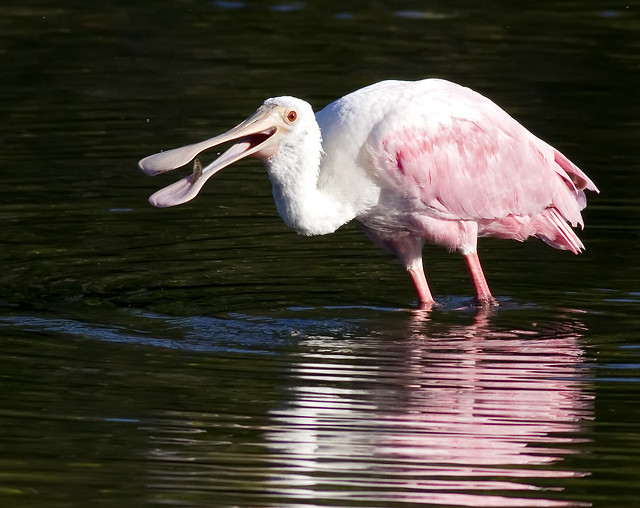
Frequently Asked Questions (FAQs)
Embark on a journey of discovery as we unravel the mysteries surrounding the roseate spoonbill through answers to some of the most frequently asked questions.
Where can I spot roseate spoonbills?
Prime Birdwatching Locations
- Coastal Wetlands:
- Explore the beauty of coastal wetlands, where roseate spoonbills often congregate. Key spots include estuaries, lagoons, and tidal flats.
- Nature Reserves:
- Discover the allure of nature reserves and bird sanctuaries dedicated to the preservation of wetland ecosystems. These protected areas provide ideal habitats for the spoonbill.
- Everglades National Park:
- Delve into the unique ecosystem of Everglades National Park in Florida, USA, a hotspot for observing diverse bird species, including the iconic roseate spoonbill.
Encouraging Responsible Tourism
- As you embark on your birdwatching adventure, remember to prioritize responsible tourism practices. Respect the natural habitats of these magnificent birds, keeping a safe and unobtrusive distance to minimize disturbance.
What’s on the menu for roseate spoonbills?
Detailed Dietary Preferences and Foraging Habits
- Aquatic Invertebrates:
- Explore the spoonbill’s primary diet, consisting of aquatic invertebrates such as shrimp, crabs, and small fish. The unique bill shape aids in efficient foraging.
- Filter-Feeding Techniques:
- Gain insight into the spoonbill’s distinctive filter-feeding techniques. Understand how they sweep their bills through the water, capturing prey with remarkable precision.
Role in Maintaining Ecological Balance
- Learn about the crucial role roseate spoonbills play in maintaining ecological balance by controlling populations of aquatic organisms. Their feeding habits contribute to the overall health of wetland ecosystems.
Why is the roseate spoonbill important for biodiversity?
Contribution to the Ecosystem and Biodiversity
- Indicator Species:
- Discover how the presence of roseate spoonbills serves as an indicator of a healthy wetland ecosystem. Their well-being reflects the overall biodiversity of the area.
- Ecosystem Engineers:
- Explore the concept of spoonbills as ecosystem engineers, shaping their habitat through feeding and nesting behaviors. Understand the cascading effects on biodiversity.
Highlighting the Interconnectedness of Species
- Uncover the interconnectedness of the roseate spoonbill with other species in the ecosystem. Appreciate the delicate balance that underscores the importance of preserving biodiversity.
Preferred Nesting Locations of Roseate Spoonbills
Insights into Nesting Behaviors and Habitat Preferences
- Mangrove Islands:
- Explore the unique choice of mangrove islands for nesting sites. Understand the reasons behind this preference and the significance of these locations for the spoonbill’s reproductive success.
- Nesting Colony Dynamics:
- Gain insights into the dynamics of nesting colonies, where spoonbills exhibit communal nesting behaviors. Understand the social structure and cooperative aspects of their breeding habitats.
Conservation Considerations for Nesting Sites
- Delve into the importance of conserving and protecting these critical nesting sites. Learn about ongoing efforts to safeguard the roseate spoonbill’s breeding grounds, ensuring the continuation of this fascinating species.
As we conclude this chapter, the upcoming sections will revisit the wonders of the roseate spoonbill, summarizing key insights from each chapter and inspiring continued interest in birdwatching and conservation.
Conclusion
In the culmination of our exploration into the captivating world of the roseate spoonbill, we reflect on the myriad wonders and pivotal themes that define this remarkable species.
Recapitulation of Roseate Spoonbill Wonders
- Symphony of Colors:
- Revisit the breathtaking pink plumage, an iconic symbol of the roseate spoonbill. Explore the intricacies of its diet-derived hues and the rich symbolism embedded in its vibrant appearance.
- Harmony in Nature:
- Delve into the interconnectedness of the spoonbill with its habitat, unraveling the delicate balance it maintains through its feeding habits and nesting behaviors. Witness the harmonious dance of nature as spoonbills contribute to the biodiversity tapestry.
- Looking to the Future
Acknowledging Ongoing Research and Conservation Initiatives
- Scientific Advancements:
- Recognize the strides made in scientific research dedicated to understanding and conserving the roseate spoonbill. Stay informed about ongoing studies that contribute to our knowledge of this avian marvel.
- Conservation Strategies:
- Acknowledge the tireless efforts of conservationists in safeguarding the spoonbill’s habitats and addressing the challenges posed by habitat loss. Explore innovative strategies employed for the long-term well-being of the species.
Inspiring Readers to Actively Participate in Bird Protection Efforts
- Individual Contributions:
- Empower readers with the knowledge that each individual action matters. From responsible birdwatching practices to supporting conservation initiatives, encourage a sense of personal responsibility for the protection of avian wonders.
- Educational Advocacy:
- Inspire readers to become advocates for bird conservation in their communities. Promote educational initiatives that raise awareness about the importance of preserving not only the roseate spoonbill but also the broader avian biodiversity.
As we draw the curtains on this journey, let the revelations and insights gained kindle a lasting fascination for the roseate spoonbill. May our collective efforts ensure a future where these magnificent birds continue to grace our wetlands, thriving in a world where conservation remains at the forefront of our endeavors.
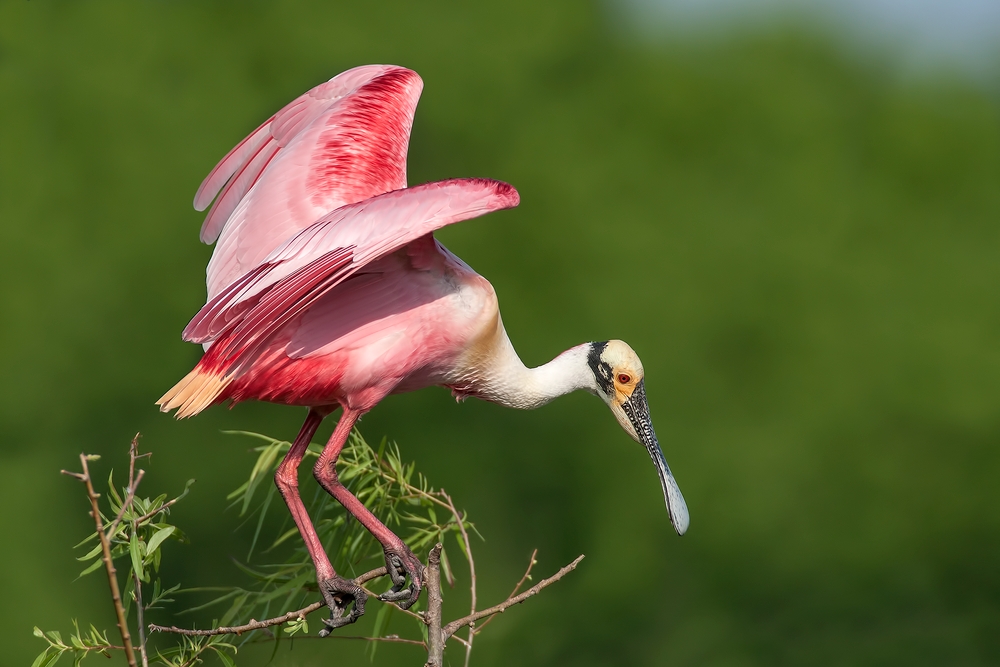
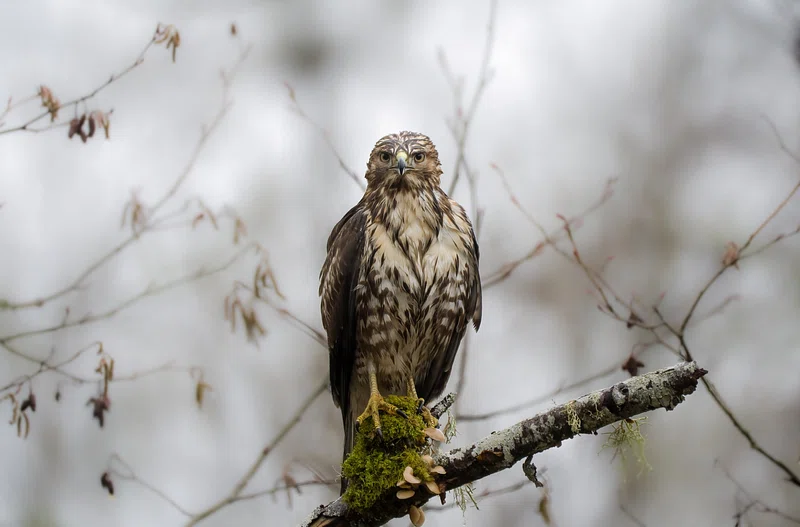
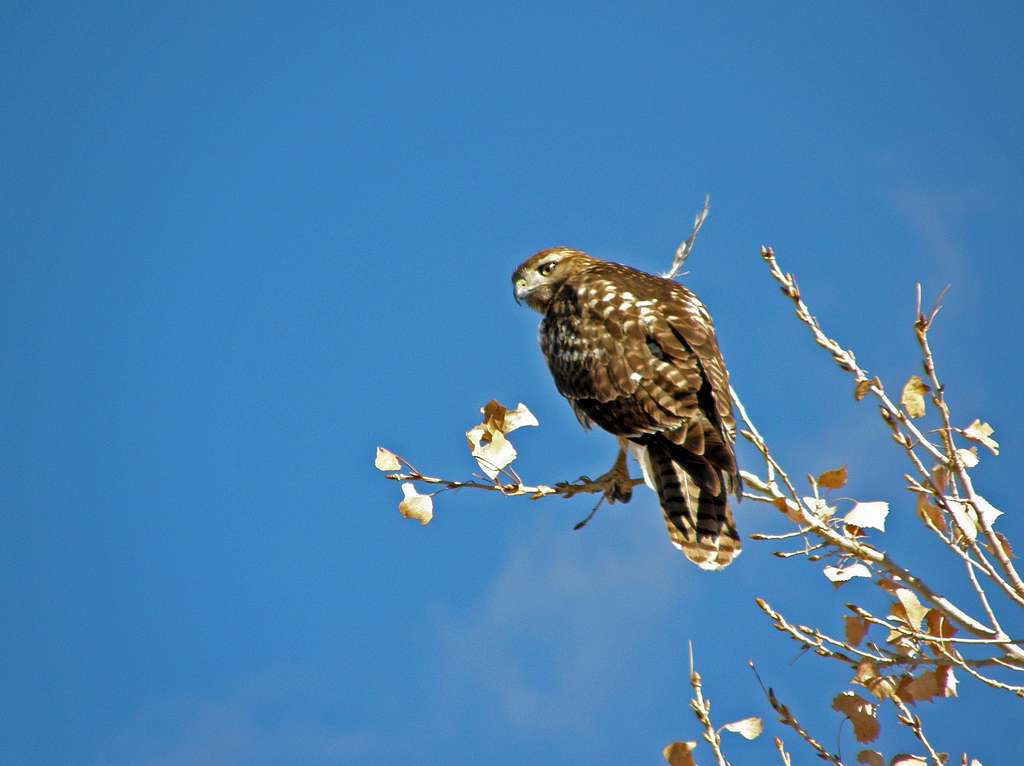
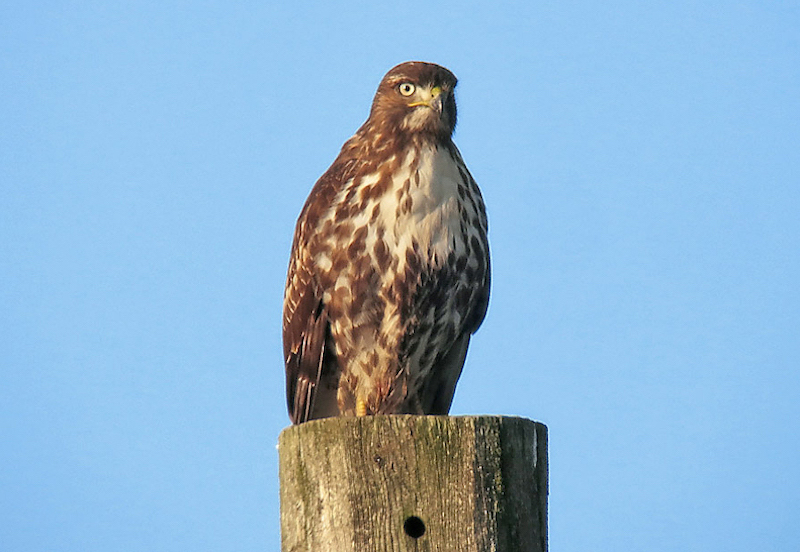
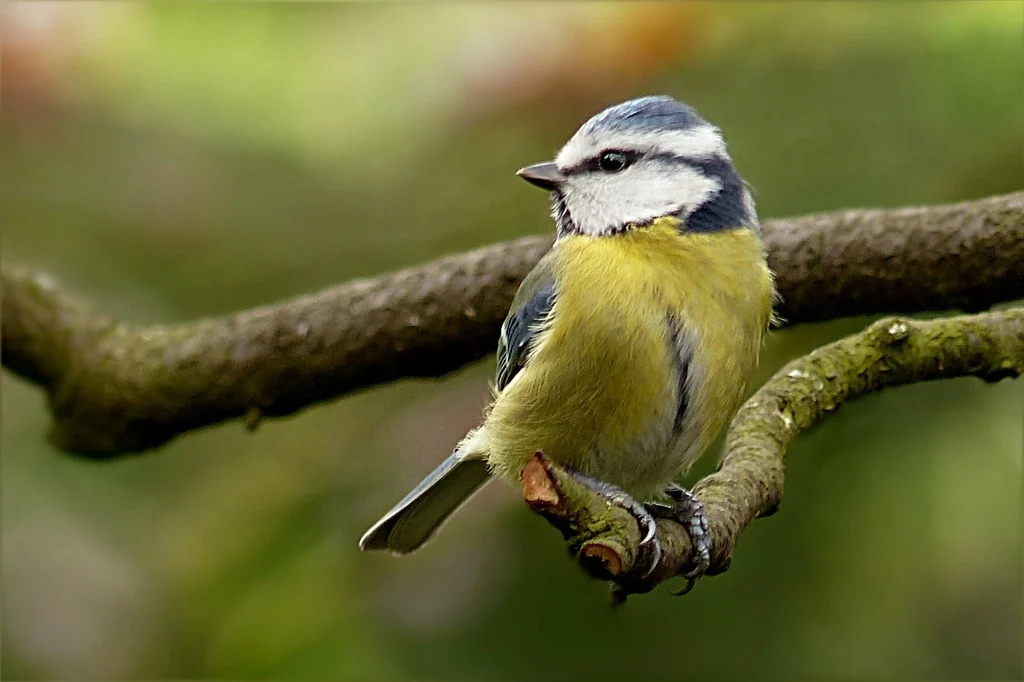
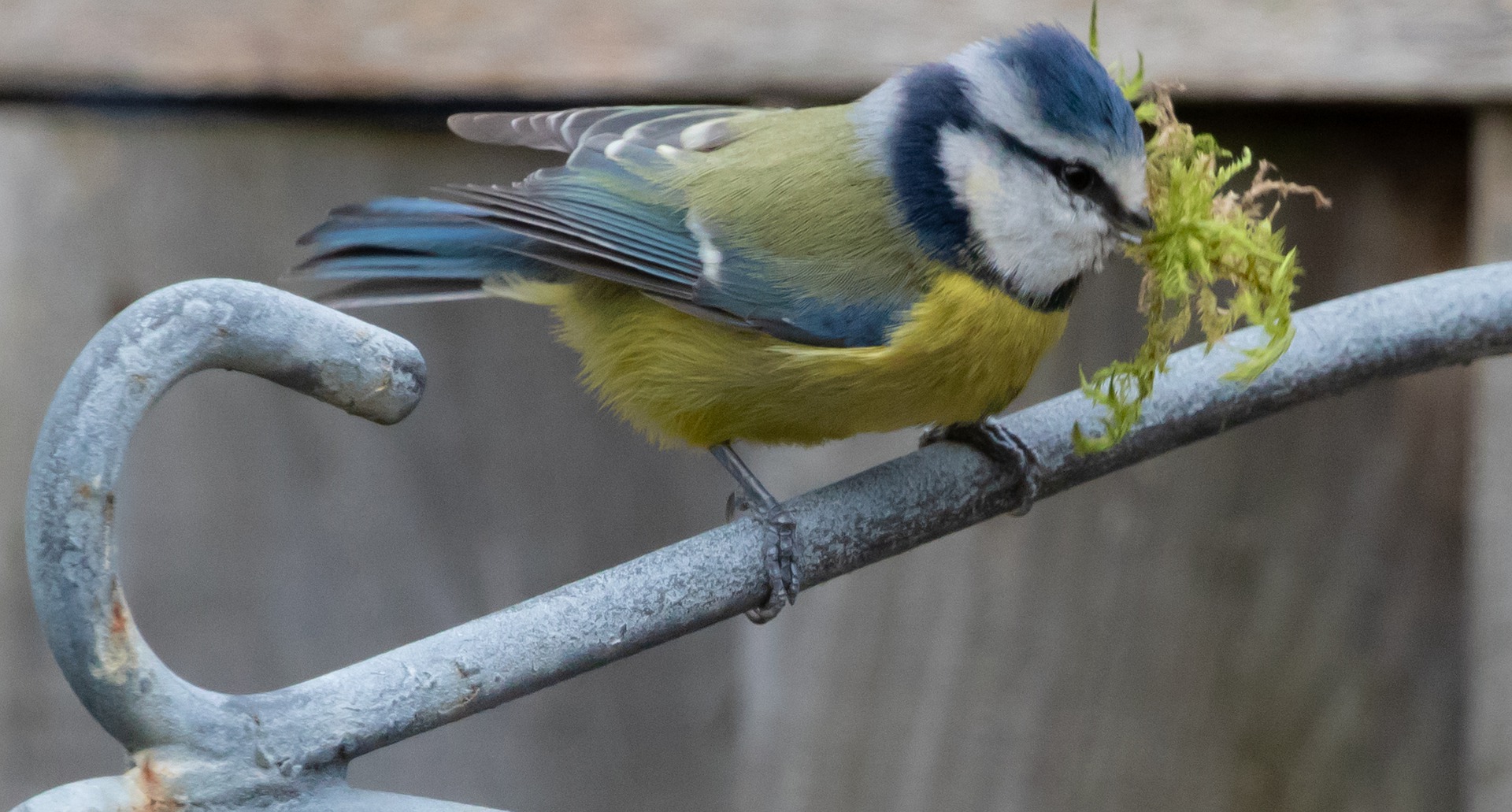
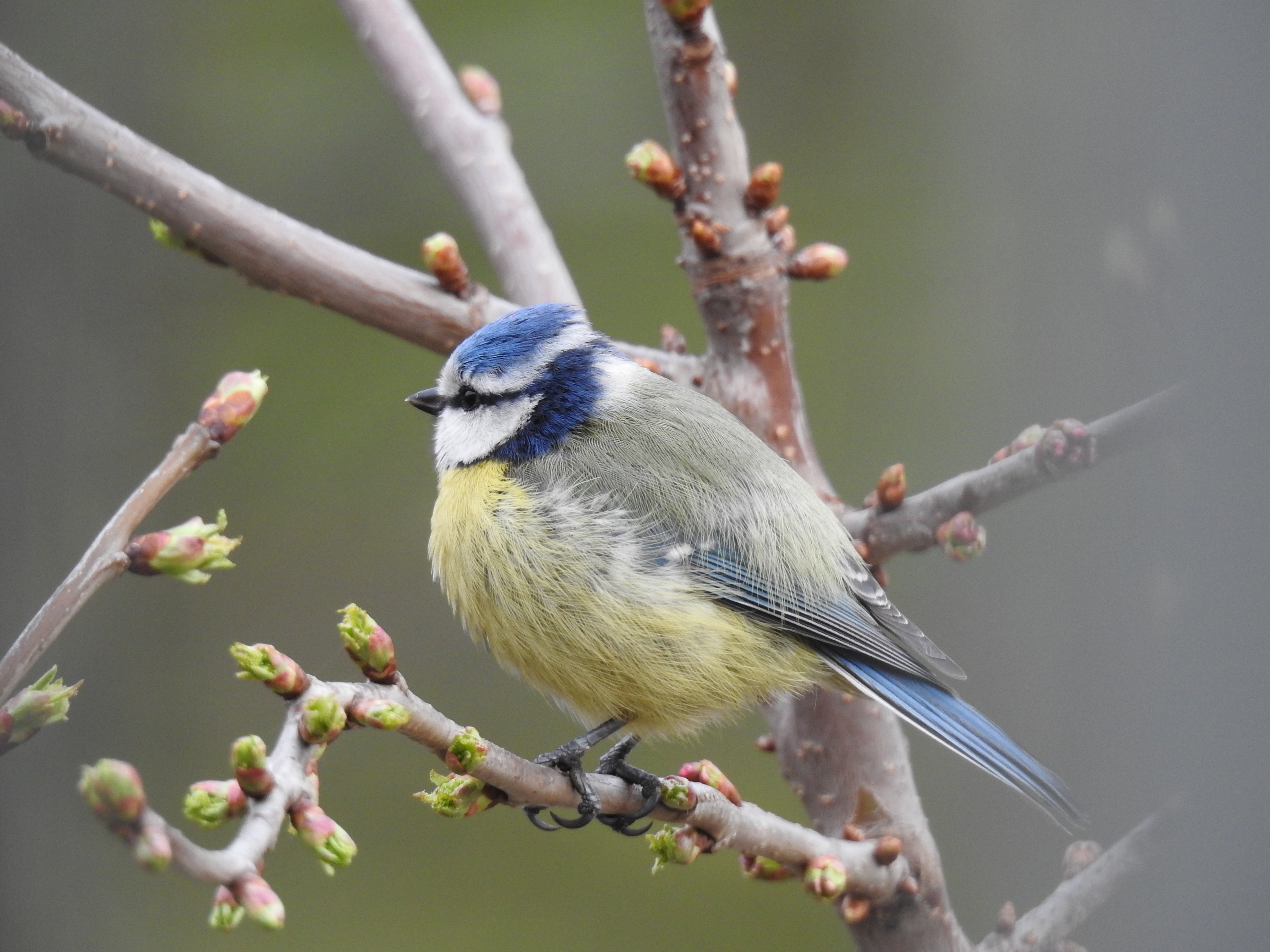
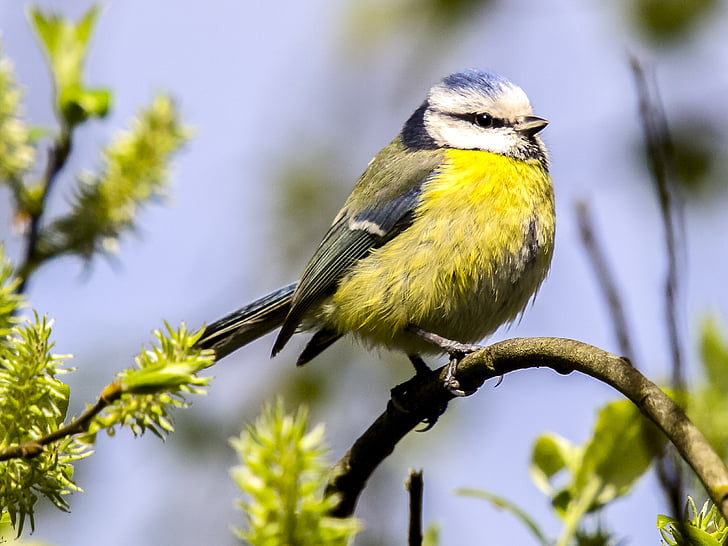
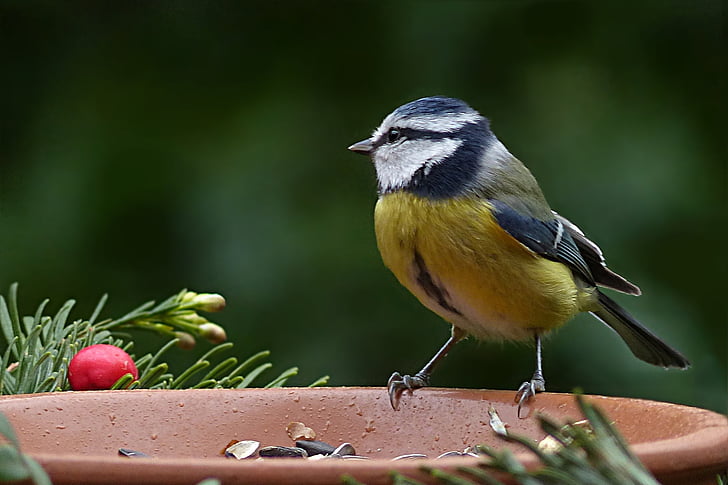
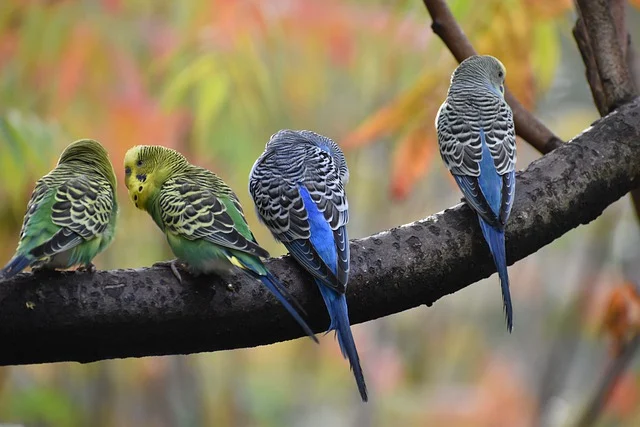
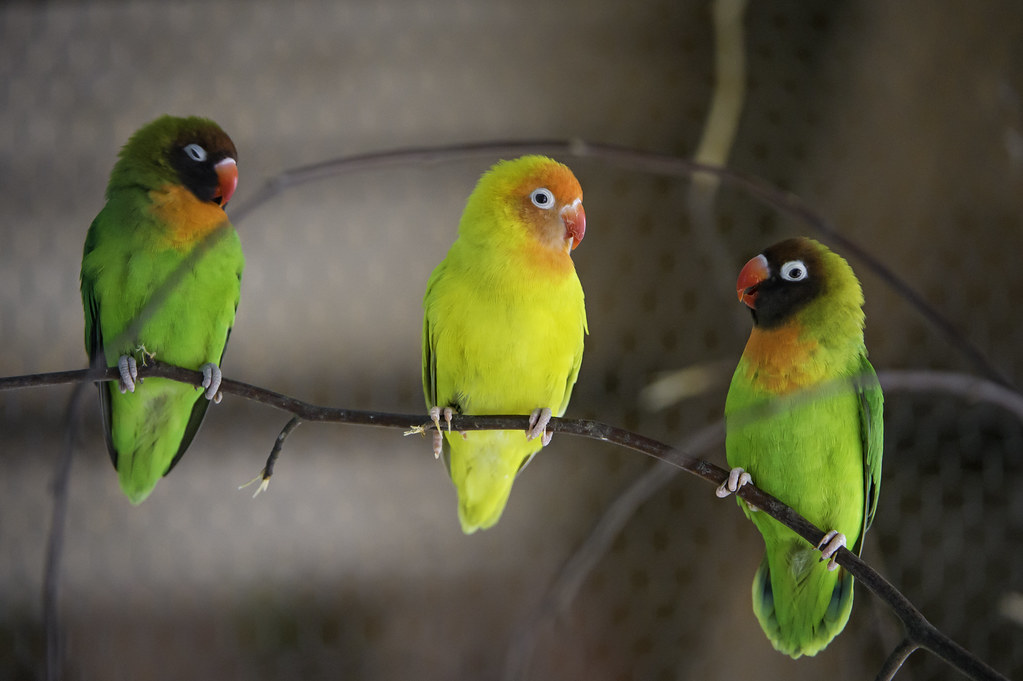
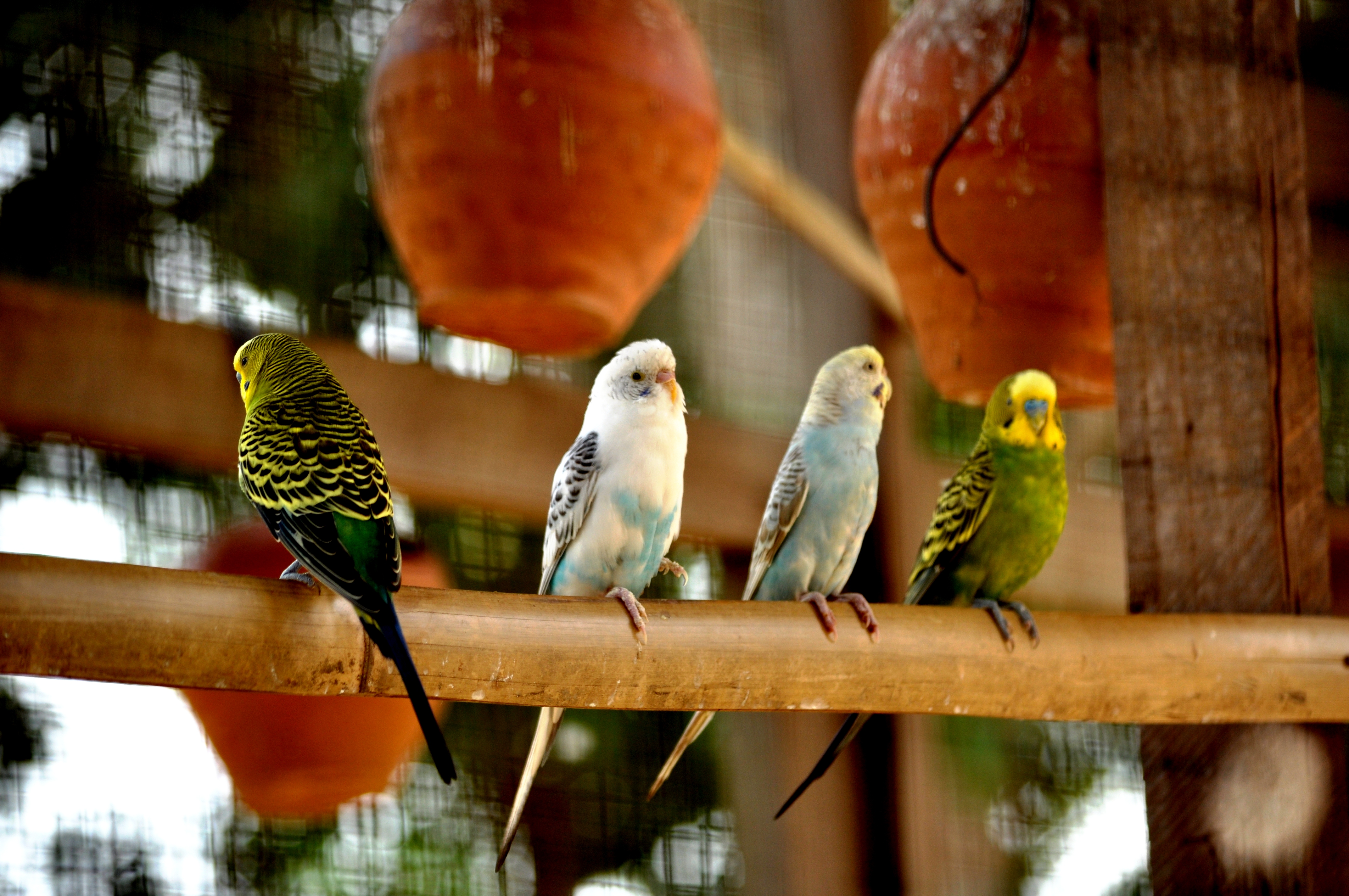
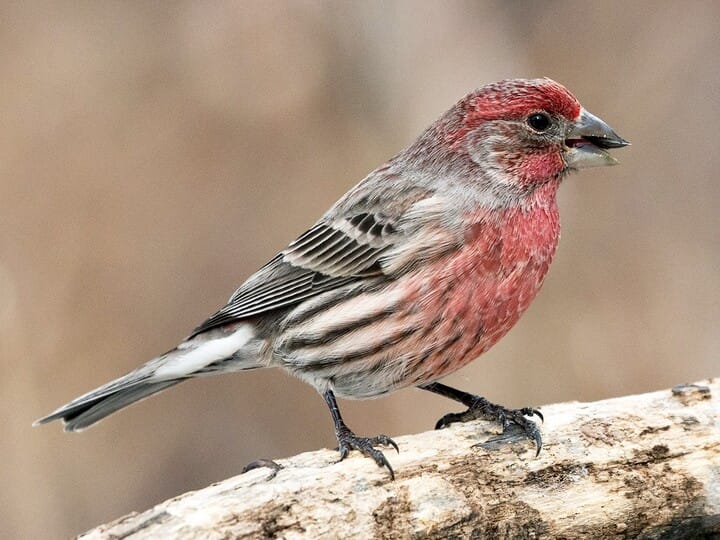

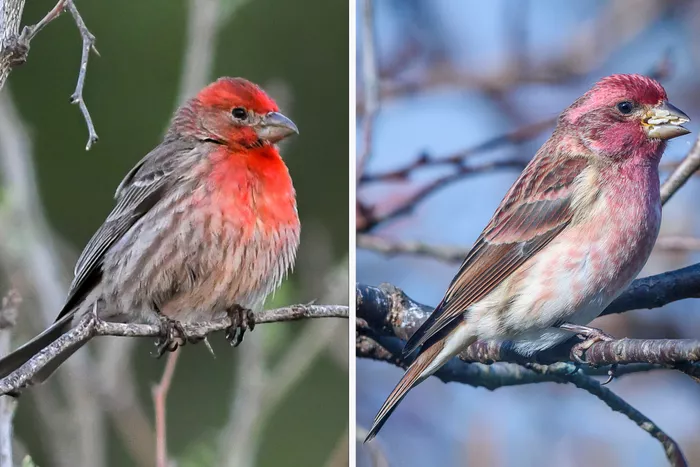
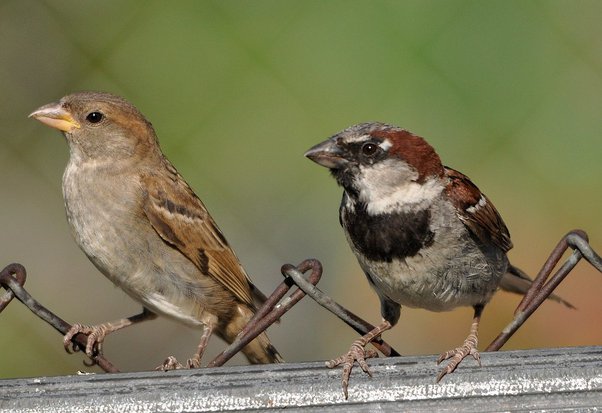
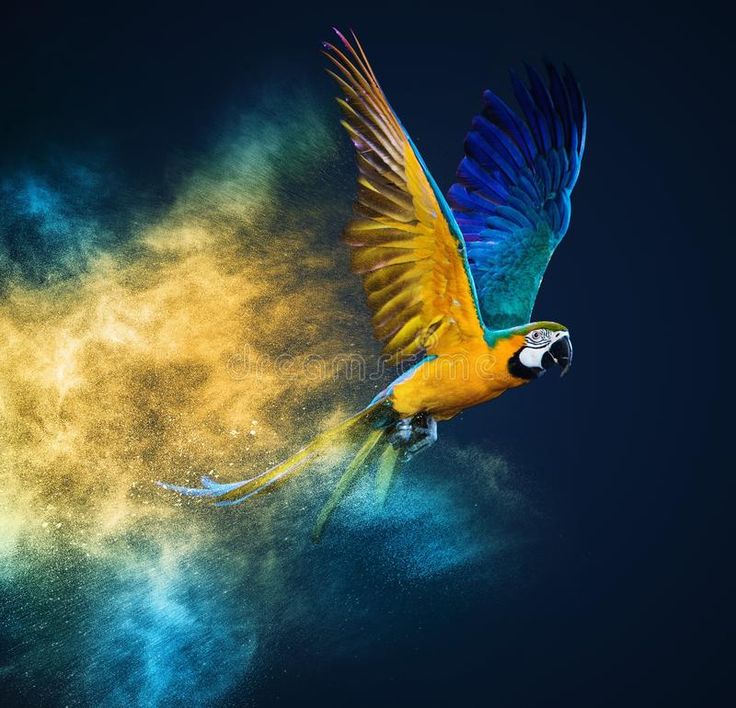
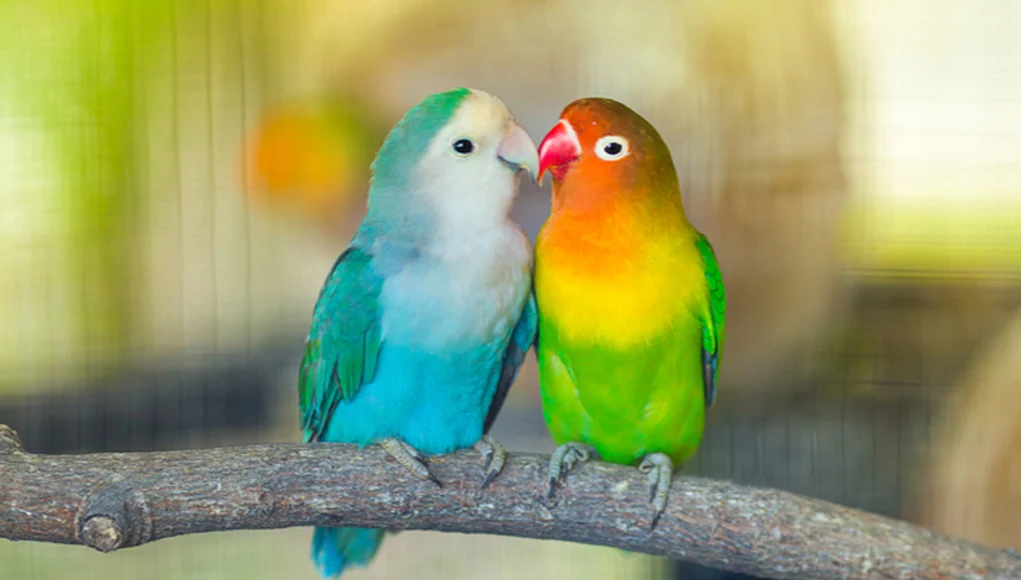
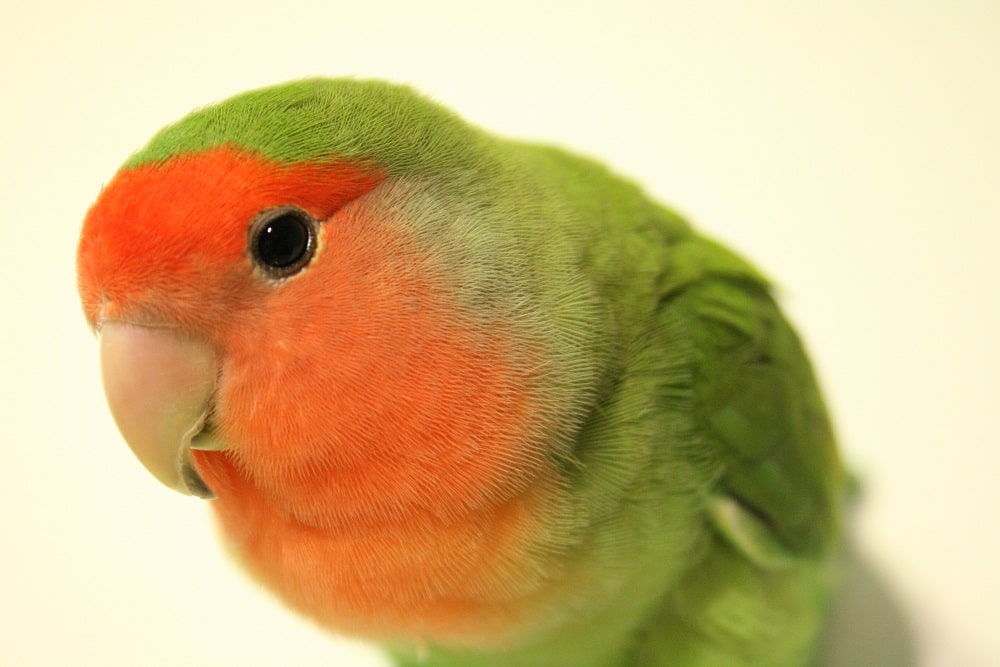
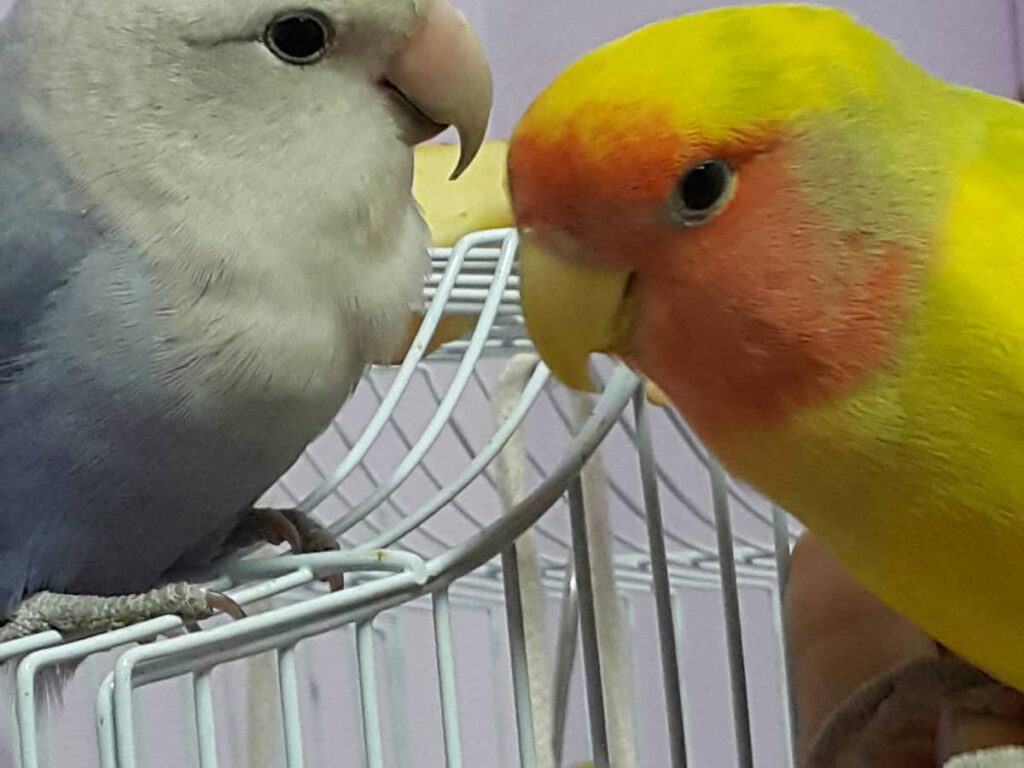

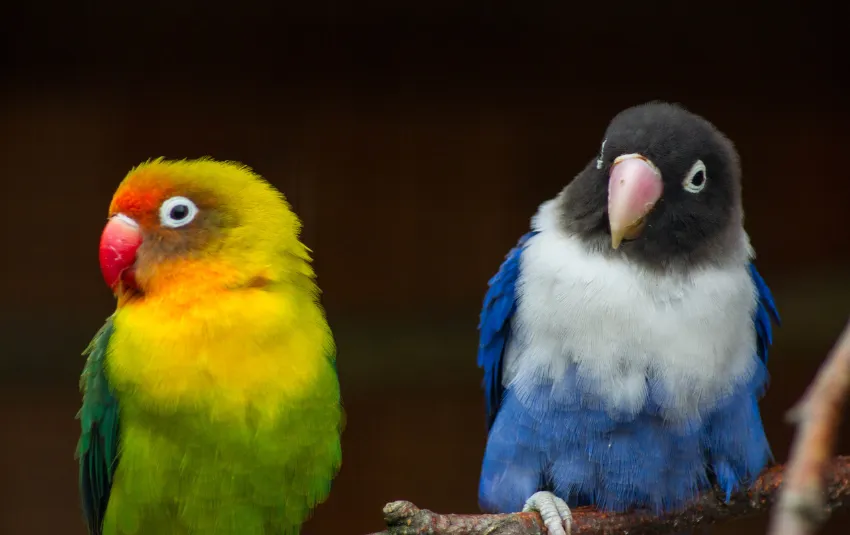
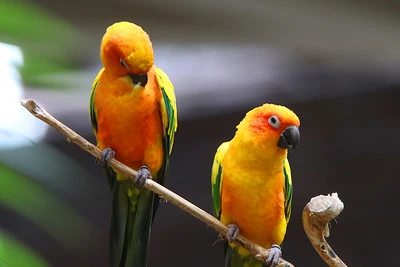

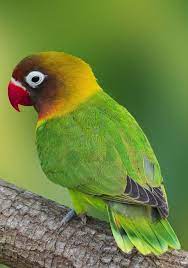
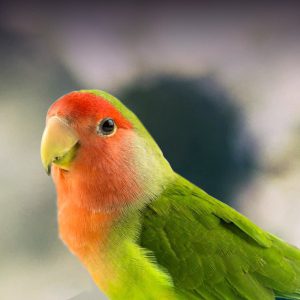
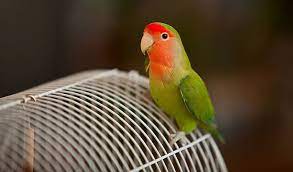
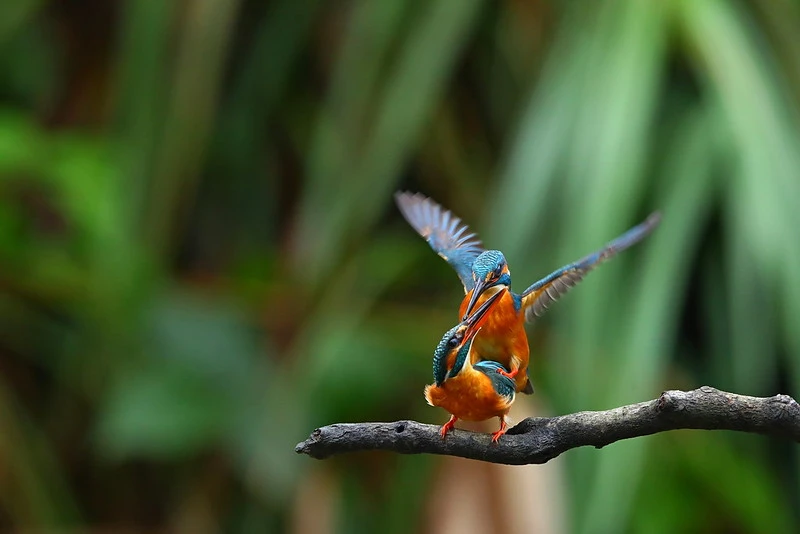
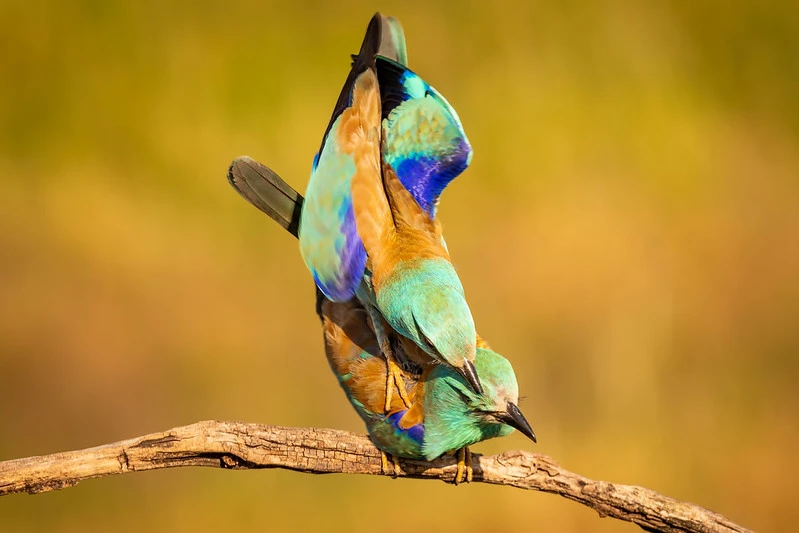
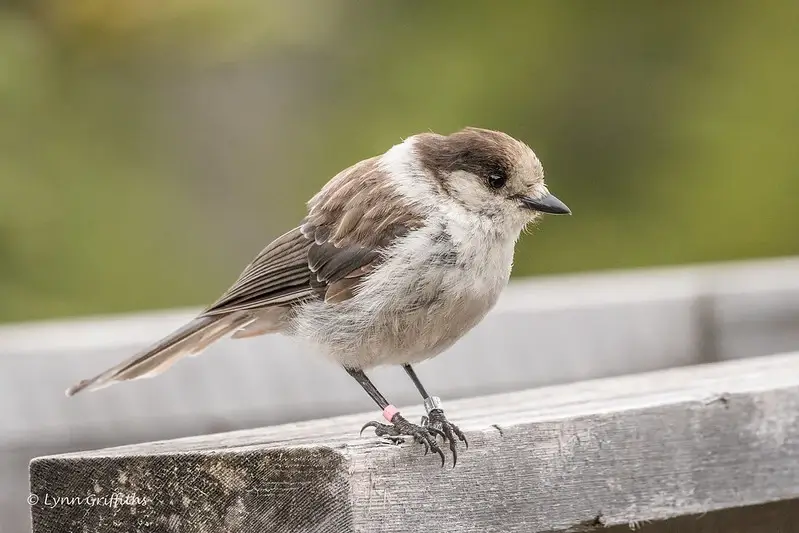
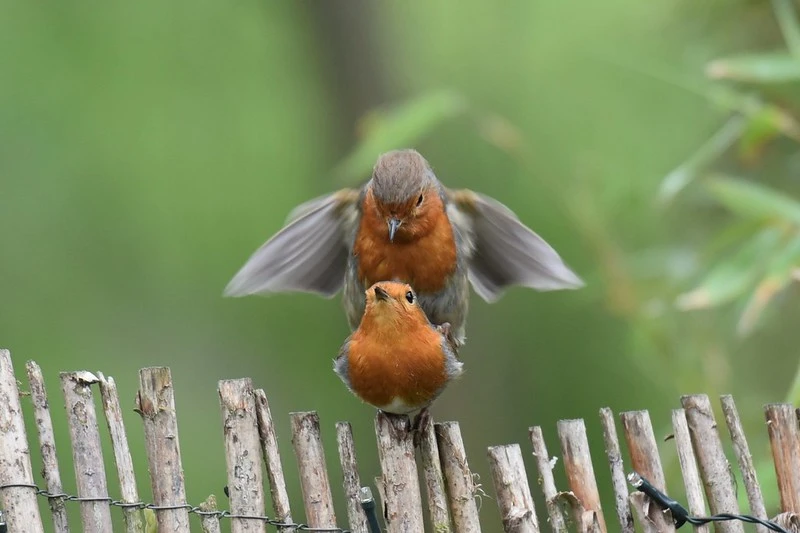

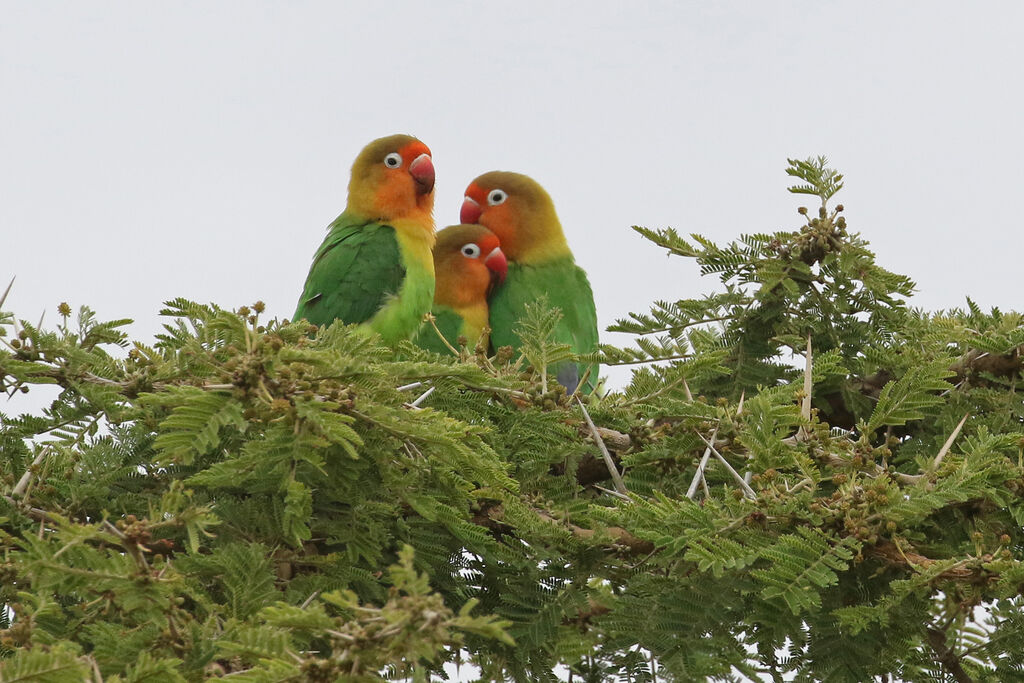

:strip_icc()/lovebirds--512293432-5ace0f193037130037b8eba0.jpg)
